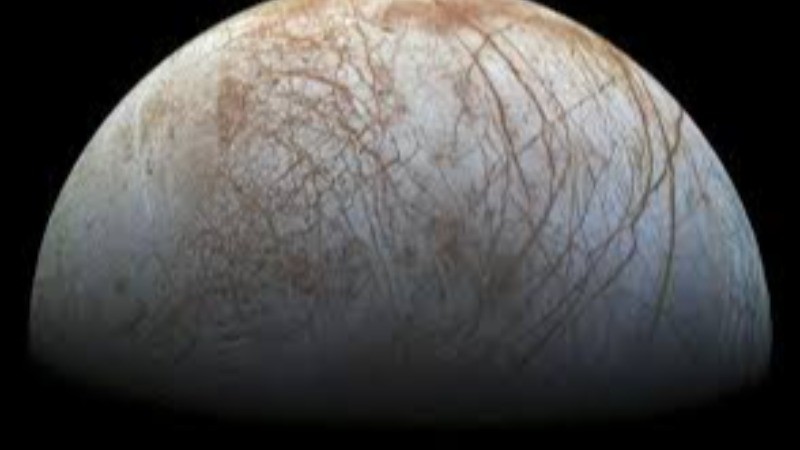
NASA has approved the launch of the Europa Clipper mission, set to explore Jupiter’s moon, Europa, next month. The mission aims to determine whether the ocean believed to exist beneath Europa’s icy surface could support life. This confirmation comes after NASA reviewed the spacecraft's ability to withstand intense radiation, following concerns raised earlier this year about the durability of its transistors.
The $5 billion mission is scheduled to launch on October 10 aboard a SpaceX Falcon Heavy rocket. The launch window is narrow, lasting just three weeks. Missing this window would delay the mission for over a year, as the spacecraft relies on gravitational assists from both Mars and Earth to reach Jupiter.
Jordan Evans, the project manager at NASA’s Jet Propulsion Laboratory, confirmed that the issues with transistor degradation have been addressed. Despite Europa’s intense radiation, the transistors should recover during the three weeks between each of the 49 planned flybys of the moon.
Testing over the past four months ensured that the spacecraft’s systems could handle the harsh conditions of space. Evans expressed confidence in the mission’s success, stating, “We are ready for Jupiter.”
Once launched, Europa Clipper will take six years to reach Jupiter, where it will orbit the planet and conduct close flybys of Europa. Using ice-penetrating radar, the spacecraft will map nearly the entire moon, aiming to uncover clues about the ocean beneath its icy crust.
Asteroid Apophis Set for Close Flyby of Earth: Know All About the "God of Chaos"
To Night: Boeing Starliner To Return To Earth Without Williams Or Butch
India Launches Vishvasya: A New Era for Blockchain Technology